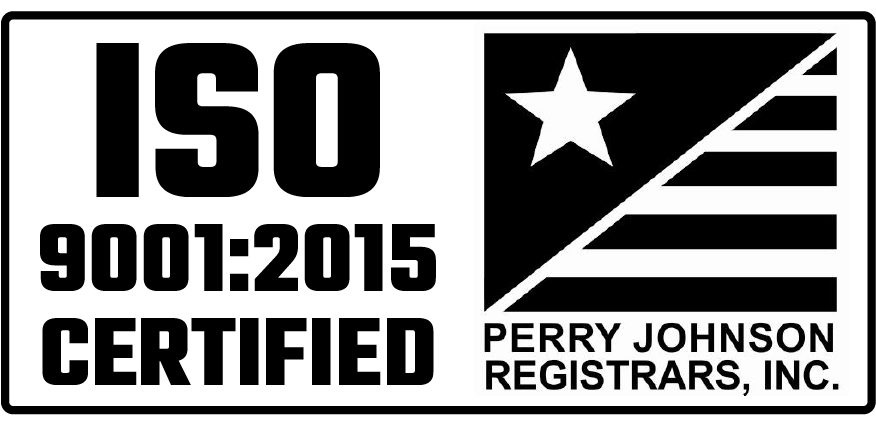If you knew how many product units your company would sell next quarter — or even over the entire year — would you start placing part orders now to ensure you could deliver every single unit on time? Hopefully your answer is yes; but now you’re wondering how it’s possible to see future sales without a crystal ball. The answer to that question lies in forecasting.
While it’s not an exact science, forecasting can help your team plan for future orders and regain some control over lead times. Putting together a forecast begins by analyzing your order history. If you take a look back through several years, you’ll likely see trends that follow seasonality your industry experiences, economic swings, new product releases or marketing efforts. This data can help guide your purchasing team in the right direction. Another important piece of forecasting is the need to communicate regularly with your own customers to understand their situations and market outlooks, and what their future needs may be.
Forecasting is a strategic practice that many successful organizations implement, but there are forecasting pros and cons to consider:
Pros of Forecasting
- By planning ahead, you can order parts early enough to get them in time, maximizing production time
- Your organization can plan for labor needs, making sure you have the right number of skilled workers on the team at the right time to do the job
- Costs can be reduced by purchasing materials in higher quantities and eliminating the need to expedite parts
- Your sales team will build valued partnerships with customers as they open communication lines and strive to understand customer markets and needs
- Your entire organization will earn a reputation for being a partner that cares and delivers as promised
Cons of Forecasting
- Accuracy can be very tricky; since forecasting is just an educated guess, you could be ordering too many or not enough parts
- If orders are cancelled, you’ll have excess inventory and excess labor
- Forecasting can take a lot of time to manage
- No matter how hard you try, your organization can’t control the size, number and frequency of orders you receive
In general, if you don’t forecast, your lead time will always be dependent on parts availability and labor capacity. If you do forecast, however, you can take back some control over your lead times by planning ahead and buying earlier.
Forecasting Tip: Minimize Risk with Forecasting Contracts
Since the accuracy of your forecasting relies heavily on historic trends, you can use it to plan, but it’s very risky to bank on it. If you have a great relationship and history with your customers, some may agree to help with your forecasting by taking responsibility for a certain number of parts ordered for a defined time period. For instance, if your top customer has consistently ordered 800 to 1,000 units per quarter over the past six quarters, you could write a contract offering to lean forward by ordering parts for 1,800 units to cover the next two quarters.
Such an agreement can be a win-win opportunity because purchasing in higher quantities gets you (and, in turn, your customer) a price break. Your customer would assume responsibility for the cost of those parts and you would assume responsibility to acquire more if their orders exceed forecasting. If the customer’s orders don’t fulfill that forecasting, the extra parts could be used on future orders. While these agreements can vary from customer to customer, or even part to part, they can be very valuable to both parties.
Great communication all around is absolutely necessary for forecasting to benefit all parties. Information from the customer needs to get to your sales team and your operations team. After that, it’s imperative to close the loop by sharing results internally and with the customer to help improve forecasting practices.
Having great relationships with your suppliers is better than having a crystal ball, and it can also help you understand how to serve your customers better. Use this handy Prospective Supplier Evaluation Checklist to objectively assess and compare suppliers based on your requirements. Click the button below for your free download.





